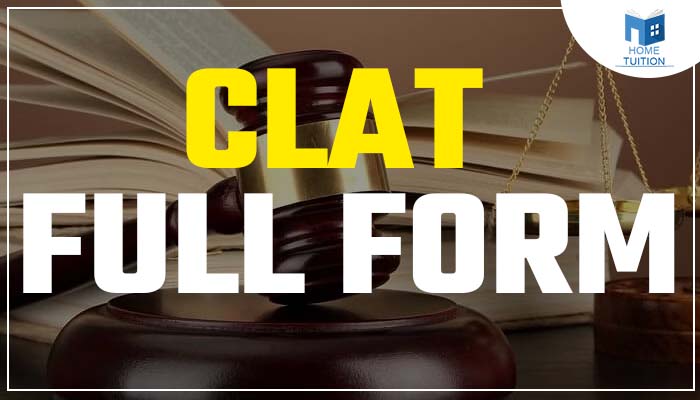Full form of CLAT
Common Law Admission Test is the full form of CLAT. It is a national-level centralized government entrance exam for admission to twenty two national law universities in India. Most self-financed and private law schools in India also use these scores for law admissions. Indian public sector companies like Coal India, ONGC, BHEL, Indian Steel Authority, Oil India, etc., also use the CLAT postgraduate scores to fill company legal posi/tions. The examination is conducted in law colleges after the 12th or higher secondary examination for admission to integrated U.G. programs and after graduating from LLM (Law for Master of Laws) at law schools.
Eligibility Criteria of CLAT
- Applicants must be Indian citizens. Otherwise, NRI may appear in the exam.
- Foreign nationals wishing to enroll in any program at participating law universities can apply directly to the College, with several places available for foreigners.
- For U.G. course Higher Secondary or Intermediate (12th) or its equivalent certificate from a recognized board with aggregate marks of at least 45 percent. While for S.C. and S.T., applicants' total marks are more than 40 percent.
- There is no age limit for the examination.
- For P.G. course B.L. or a university degree of L.L. B or equivalent degree from the recognized University with minimum 55% aggregate marks, while for S.C. and S.T. Total candidate score is 50%.
- Candidates who have succeeded in the qualification assessment with a supplementary and repeated attempt can also take part in the exam.
Exam pattern of CLAT
This law entrance exam has a duration of 120 minutes. The CLAT question paper is composed of 150 questions of multiple choice. CLAT examination paper includes five parts where students need to answer questions from topics such as
- G.K.
- Legal GK
- Current affair
- Elementary Mathematics is based on Numerical Ability.
- Legal Aptitude
- Syllogism
- English including Comprehension
- Quantitative Aptitude
Legal Reasoning
All the questions starting with CLAT 2020 will be focused on paragraphs. 5-6 questions will carry on from one paragraph. Overall, the score breakdown is shown below.
- English – 30 marks
- G.K. questions – 37 marks
- Mathematics -15 marks
- Logical Reasoning – 30 marks
- Legal Aptitude – 38 marks

The marking system is for each correct answer, one mark is given to the candidates, and 0.25 marks are deducted from their total score for each wrong answer.
List of National Law Universities
As of CLAT 2020, 22 law schools are attending. 37 Other partner law schools can use the scores, but other law schools can also use the scores. Moreover, many institutions in the public sector, including Oil India and Oil and Natural Gas Company, are likely to use CLAT PG scores for candidates. A list of a few national law universities are-
- Dr. B.R. Ambedkar National Law University, Sonipat, Haryana
- Maharashtra National Law University, Nagpur
- National Law University, Delhi
- Rajiv Gandhi National University of Law, Patiala
- Hidayatullah National Law University, Raipur
- Gujarat National Law University, Gandhinagar
- National University of Advanced Legal Studies, Kochi
- National Law School and Judicial Academy, Assam, Guwahati
- Tamil Nadu National Law University, Trichy
- National Law University, Odisha, Cuttack, etc.